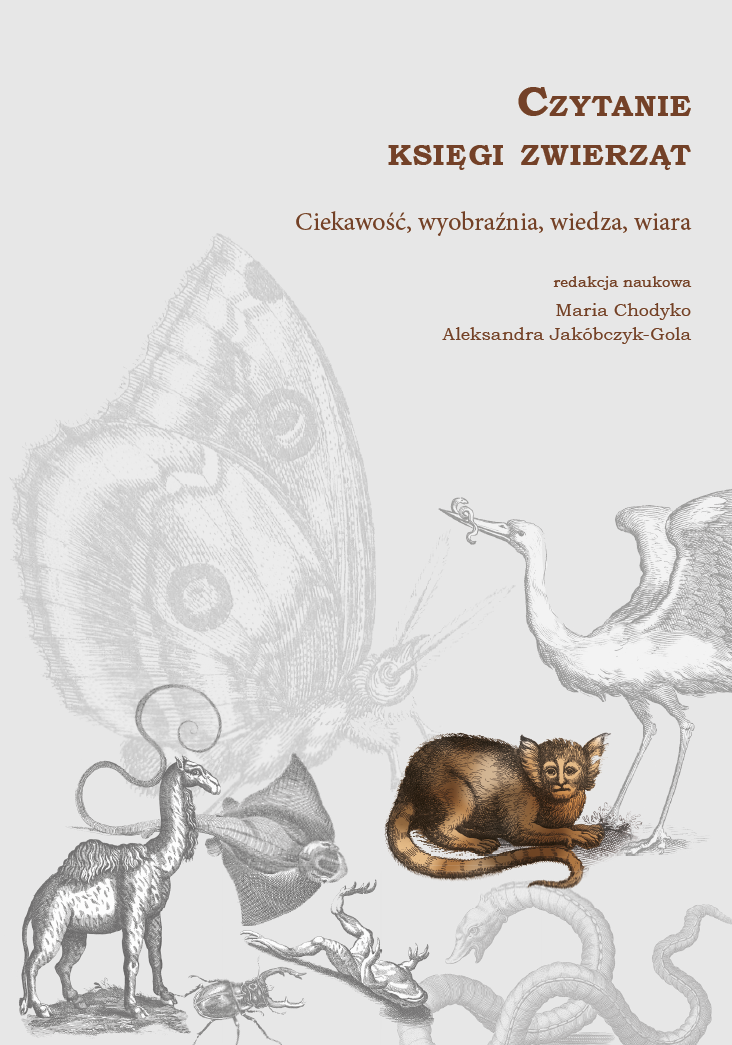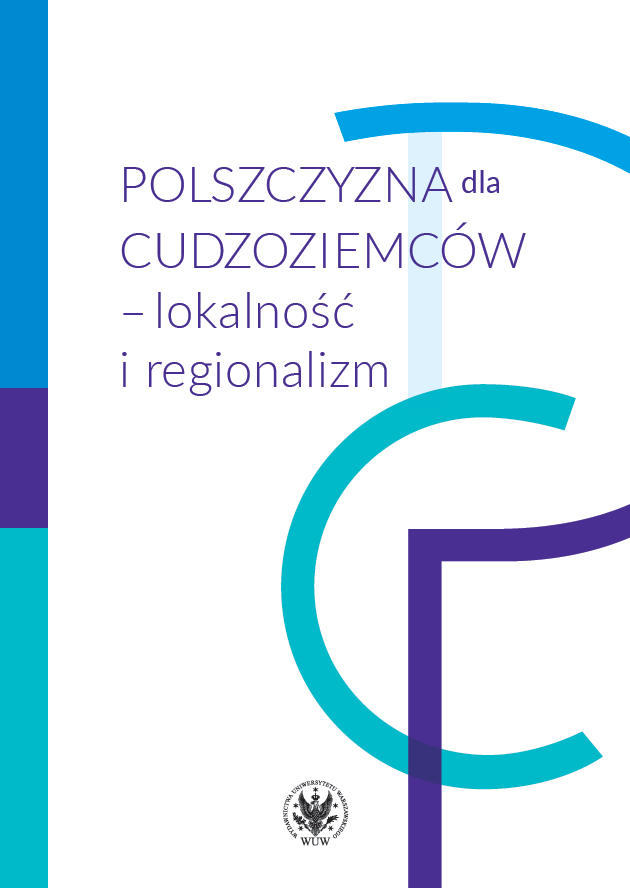Author(s): Maria Chodyko / Language(s): Polish
Publication Year: 0
The text explores 16th century religious contexts in literature which refer to animals. It includes poetry and prose from the Early Renaissance to its last years, the works of Jakub Wujek, among others, who was the author of a monumental four-volume "Posthylla catholica", an original and not translated work. The sermons in this book are the biggest Polish collection of animal exempla from the 16th century. The text indicates the main source inspirations for animal topics, i.e. the Bible and Aesop’s "Fables", published by most European printers. The rules of modern animal topic were formulated by Erasmus of Rotterdam, who also used animal examples to paraphrase Biblical texts, formulate the rules of the rhetoric in De duplici copia verborum ac rerum, juxtapose exempla in Adagia, and to discuss the methods of educating young people in De pueris instituendis, on the basis of the human-animal parallel. The translations of the Bible and adaptations of ancient works formed an animal symbol characteristic of the Renaissance. His distinguishing features are: performance realism, identification of its literary context and its relation to divine and human being. The company of animals reminded people of their moral condition, focused them on good, aroused sensitivity and self-reflection. The Renaissance reception of Cicero contributed to discovering the subjectivity of animals, making them carriers of feelings: mourning, sympathy, helplessness in suffering. Biblical affirmation of life in the works of Janicius, Andrzej Krzycki, Andrzej Trzecieski and Jakub Wujek, saw charis in animals: grace, admiration, tenderness and affection. The metaphors of animal community, especially of sheepfold, were present in social and political discourse (Stanisław Orzechowski) and in the religious one (Stanisław Hozjusz, Andrzej Trzecieski and others). Anthropomorphization and teriomorphization, known since ancient times, in the discussed texts gain new interpretative, allegorical contexts, and in the second half of the 16th century become an expression of religious beliefs. In Catholicism animal symbols express transcendence aimed at internal and mystical experiences. In Protestantism they have didactic and allegoric meaning, which is also present in Arianism (Erazm Otwinowski). In other authors representing this last trend (Marcin Krowicki) the questioning and crisis of the symbol become sclearly visible.
More...


